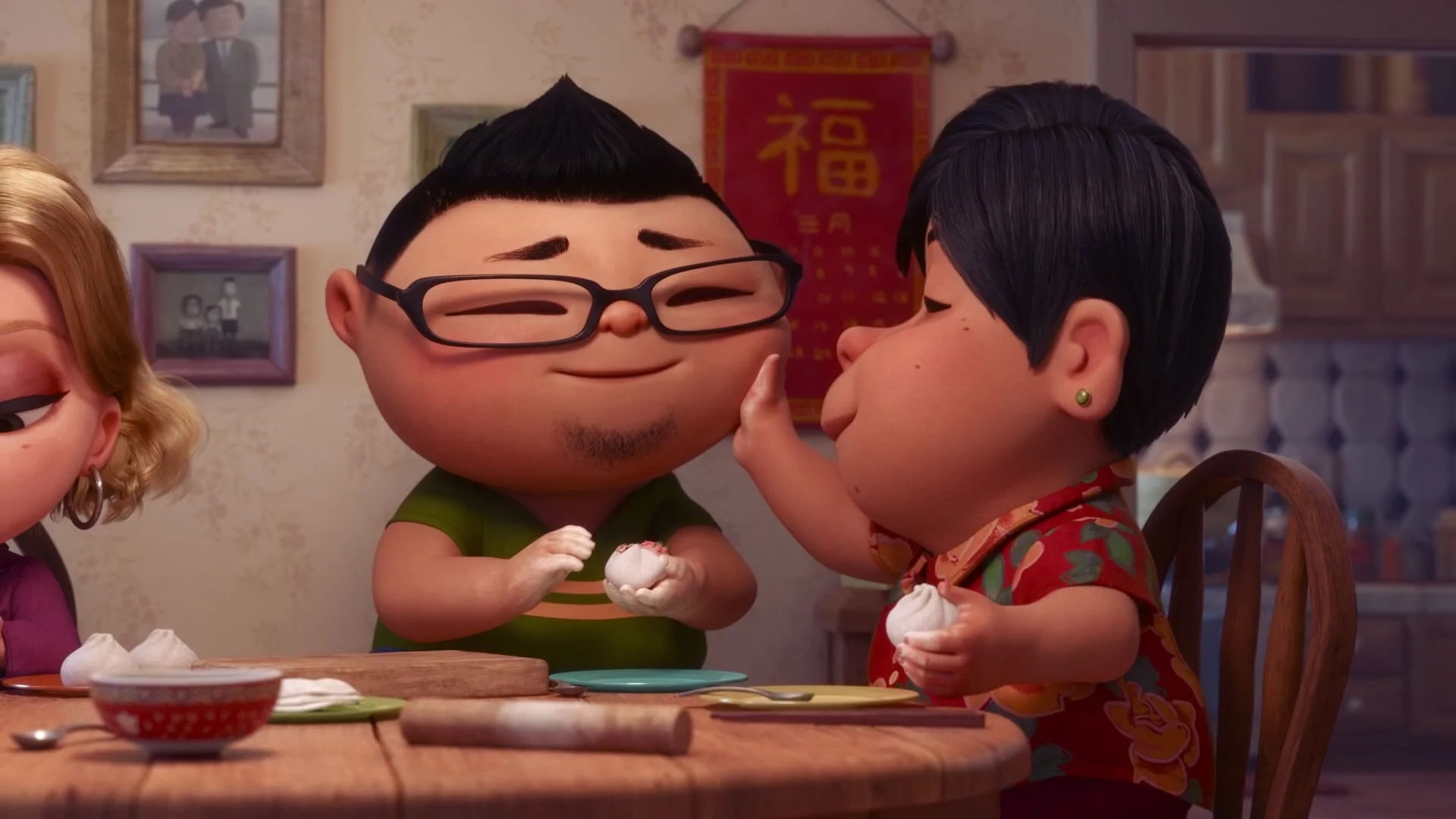Pixar Shorts: A Masterclass in Storytelling
“Whether you know it or not, your desire to write comes from the urge to not just be “creative,” it’s a need (one every human being on earth has) to help others. A well-told story is a gift to the reader/listener/viewer because it teaches them how to confront their own discomforts.”
Awards aren’t everything, but the 5 Academy Awards for Best Animated Short Film Pixar has collected for their short films are pretty hard to ignore. 🏆
Other than their impressive visuals, Pixar’s theatrical shorts are renowned for packing an emotional punch within often only a few brief minutes of screentime. Well-implemented music also helps set the tone that tugs at the heartstrings, but the true core of their appeal is the stories themselves.
They’re just really, really well done.
(If you can make an umbrella ☂️ love story compelling, you’ve unlocked a new level of storytelling.)
One of the key aspects of Pixar’s narrative style is the taking of the ordinary (e.g Day & Night, a snowglobe or a steamed bun) and giving it life, something for the audience to connect with.
The translation of the human experience onto inanimate objects allows them to be filled to the brim with emotion - there’s so much more space when there was nothing there to begin with.
Let’s take the short Bao as an example.
You don’t have to have experienced empty nest syndrome to feel with the mother in the short. Even if the experience is not universal, the emotional arc of a parent-child relationship may be.
Whichever side of the flour you’ve been on, independence is a tricky subject to introduce. Without words, the short walks the audience through the complex emotions that both parties feel and creates great dramatic tension. The resolution of their relationship, and the plot, feels earned.
Actions speak louder than words in a Pixar short, and done so well in Bao that it earned an Academy Award (and a special place in my heart 💙 ).
So let’s break it down.
Why do the stories all connect to an audience so well?
Even if the subject matter isn’t common or ubiquitous to every viewer, the ‘specific can become universal, which is something that Pixar has always understood very well’.
Playing to your base emotions is a sure way to bring you in to the feelings the story is aiming to get across. We all have the same fundamental emotions 🎭 (think Inside Out) and getting kicked straight in the nostalgia gland hits the same cross-upbringing.
At their heart is one universal feeling. First love, guilt, friendship, loneliness - keeping an emotional core makes a story evocative, no mattter the age at which you watch it.
They’re inoffensive. As engaging as it can be for a company to have their political or personal views front and center (provided your clientele align with those views) it can also alienate a large majority. Sometimes you just want to see a trainee alien.
Keeping simplicity at their heart stops the story from getting bogged down with unnecessary details. The plot does what it’s there to do and gets the job done.
Stories live at the heart of the way we interact with each other, the way we inform our lifestyle choices and how we view our surroundings.
Keeping emotion at the heart of your story will help it maintain relatable territory.
As long as you’re feeling something (ideally not boredom 💤) a story is doing a good job.
So, take a note from Pixar next time you need to write a pitch - think about what you want people to feel and build your story from there.
Psst!
Want to learn more about storytelling? Head to our Storytelling course (With Cannes Lions) for more now!
🤫





